POC ultrasound enhances midwife patient care
October 10, 2017
A WFUMB COE project
Handheld ultrasound is increasingly becoming an essential tool for clinicians across many clinical specialties and within a variety of care environments around the world. Besides the traditional user, point-of-care (POC) ultrasound is also appealing to new users. As expected, experienced users ask: "Can ultrasound be as effective in the hands of new users or non-physicians?" The answer became the basis for clinicians working with the Aga Khan Hospital in Nairobi, Kenya, in the study "Training Midwives to Perform Basic Obstetric Point-of-Care Ultrasound in Rural Areas Using a Tablet Platform and Mobile Phone Transmission Technology—A WFUMB COE Project."
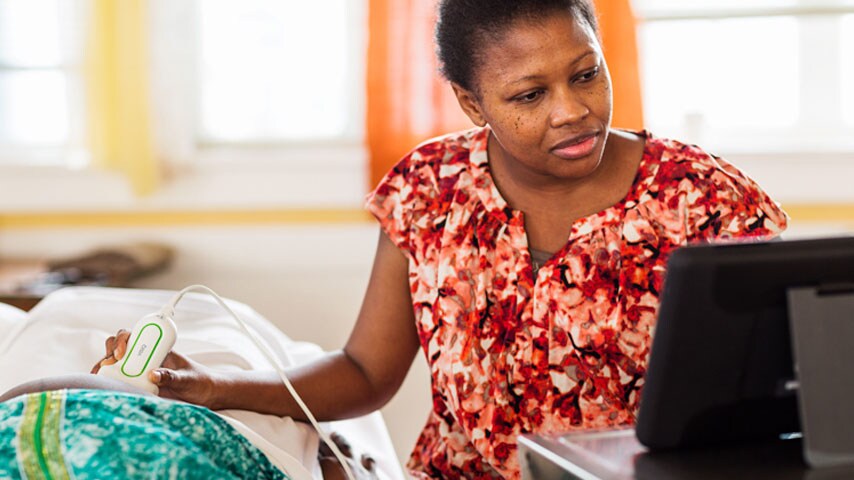
Midwives, with no ultrasound experience, were selected to participate in the study on a volunteer basis. They received clinical and equipment training, and supervised hands-on scanning experience. All passed the final exam on their first attempt. They scanned 271 patients per study protocol, capturing specific views, completing reports and transmitting the data to radiologists at the hospital for review and confirmation of diagnoses. The study findings were impressive. Reporting accuracy of scans performed by the midwives was 99.63%.
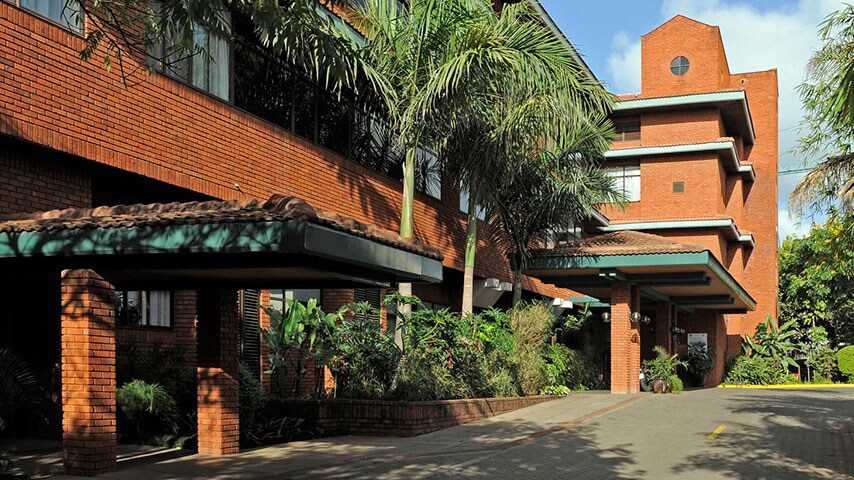
Today, POC ultrasound provides quality imaging and is routinely used in many clinical environments, from hospital bedsides and clinics to new areas where size, readiness, ease-of-use and affordability are critical factors. The study highlights a new area where handheld ultrasound is helping clinicians deliver better health care. The midwives featured in the study used the Philips VISIQ system for their exams and reports, it’s a tablet system plus transducer. Due to VISIQ’s success, we have taken that platform to the next level with Philips Lumify, ultrasound designed around a transducer, an app and your Android device. The convenience of a transducer and your phone means POC ultrasound may be as near as your pocket. Read the full study article at Authors.elsevier.com
Related stories
-
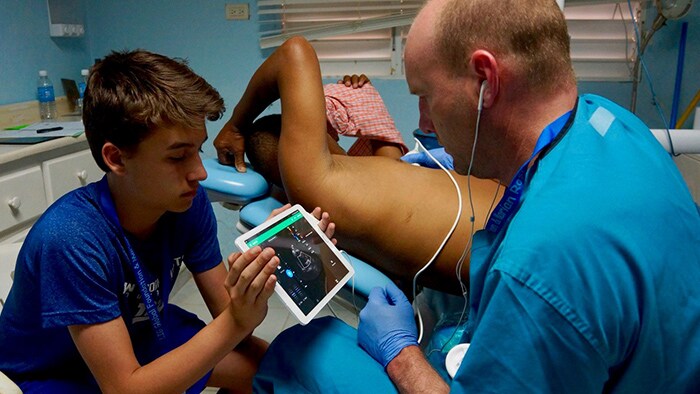
Lumify reacts tele ultrasound in Dominican Republic
The Lumify system continues to be an essential tool for the LIG missions in the Dominican Republic. The addition of the Reacts platform allows for efficient communication between their cardiologist in the United States and their radiologist on the ground.
-
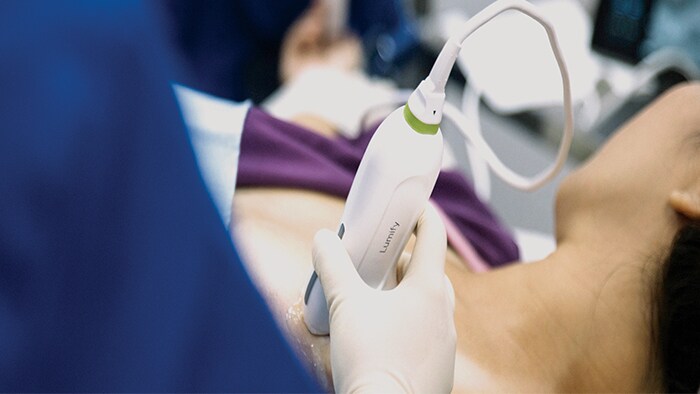
Lumify for breast cancer screening and biopsy guidance
This is a story of Dr Felicia Tan and her experience using Lumify in her clinical practice – in and outside her clinic. “Lumify helps me to affirm my judgment to move forward with the best patient management. It acts as my eyes into the human body.”
-
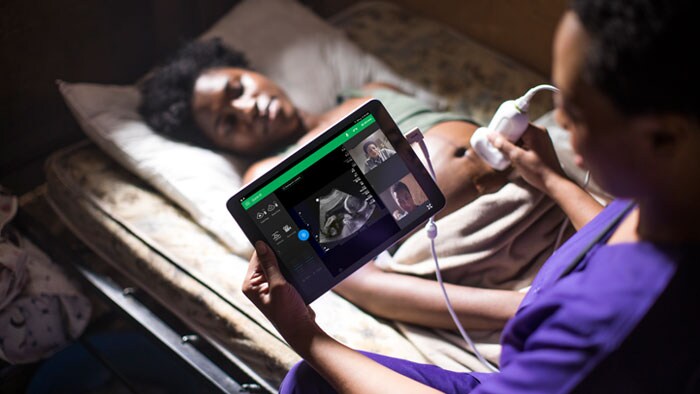
Education across borders with Lumify Reacts
Education across borders with Lumify Reacts
-
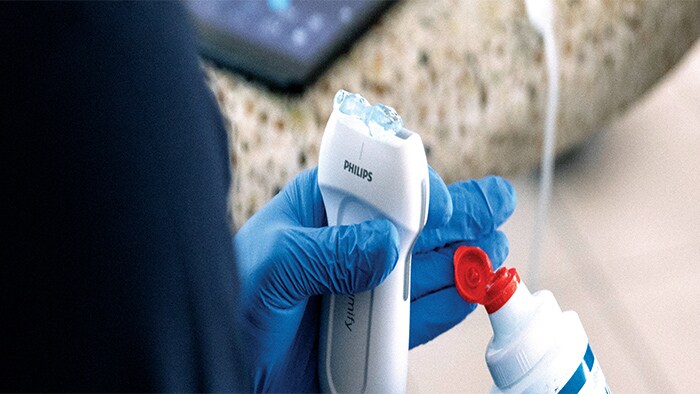
Lumify to triage patients in their home or office
This is a story of Dr Shravan Verma and his experience using Lumify in his clinical practice in the homes or offices of his patients. Inspired by his personal interest in healthcare innovation and entrepreneurship, Dr. Verma subsequently founded Singapore’s in-home medical service provider, Speedoc.
